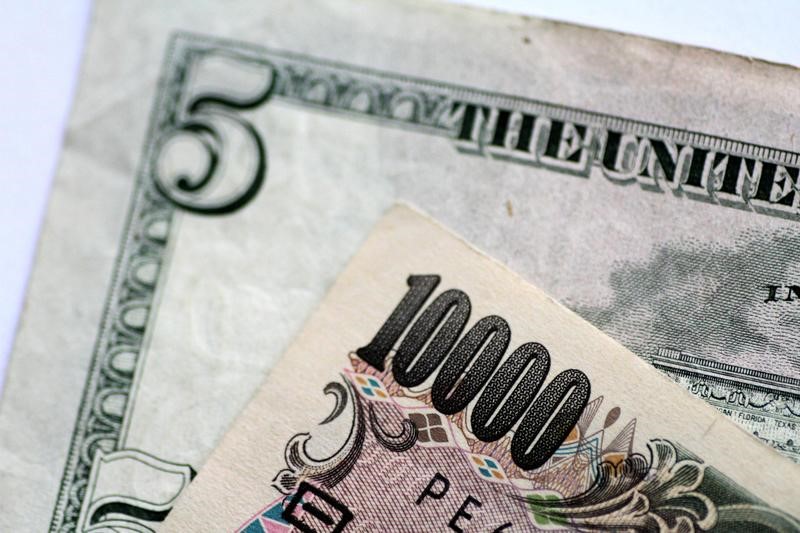By Gina Lee
Investing.com – The dollar inched down, but traded near a two-month high against the yen, on Monday morning in Asia. Investors digested mixed economic data from China and strong inflation data from the U.S., while also expecting the U.S. Federal Reserve to start tapering its asset purchases eventually.
The U.S. Dollar Index that tracks the greenback against a basket of other currencies inched down 0.01% to 89.987 by 13:15 AM ET (5:!5 AM GMT).
The USD/CNY pair inched down 0.10% to 6.3612. The offshore yuan decreased after Sheng Songcheng, former director of People’s Bank of China statistics department, said on Sunday the Chinese currency's rise will not persist.
The central bank separately added that the currency may depreciate in the future on the same day.
The USD/JPY pair edged down 0.14% to 109.66. Japanese data released earlier in the day said the Industrial Production for April increased by 2.5% month-on-month, surpassing March’s 1.7% but below 4.1% in forecasts prepared by investing.com. The data also said that Retail Sales also increased 12.0% year-on-year, but below 15.3% in forecasts prepared by Investing.com, in April.
The AUD/USD pair edged up 0.19% to 0.7728, with the Reserve Bank of Australia due to hand down its policy decision on Tuesday. The NZD/USD pair edged up 0.18% to 0.7260.
The GBP/USD pair inched up 0.06% to 1.4196.
Both the U.S. and the U.K. markets are closed amid holidays on Monday.
Data released earlier in the day said that China’s Manufacturing Purchasing Managers Index (PMI) was 51.0 and the non-manufacturing PMI was 55 in May, both remaining above the 50-mark indicating growth. However, the manufacturing PMI was slightly below 51.1 in forecasts by Investing.com and April’s reading.
In the U.S., data released on Friday said the Core Personal Consumption Expenditure Price Index increased 3.1% year-on-year in April, above the 2.9% in forecasts prepared by Investing.com and 1.9% during the previous session.
The index was also above the Fed’s 2% target and posted its largest annual gain since 1992 due to the country’s recovery from COVID-19 and various supply disruptions.
"If we see inflation consistently hitting above 2%, that could put upward pressure on wages. There's risk inflation trending higher than expected," said Masafumi Yamamoto, chief currency strategist at Mizuho Securities, told Reuters.
However, investors widely expect that the Fed will keep its current dovish monetary policy for a few more months, possibly until the end of 2021.
The 10-year benchmark U.S. Treasuries yield dropped to 1.581%, a second month of declines following a surge earlier in 2021 due to inflation concerns.
Meanwhile, key Fed officials, including Fed vice chairman Richard Clarida, have recently said that the Fed may start tapering talks should inflation build up further.
Investors now await further U.S. economic data, including Nonfarm Payrolls and the Unemployment Rate, due on Friday, to gauge the economic recovery.
